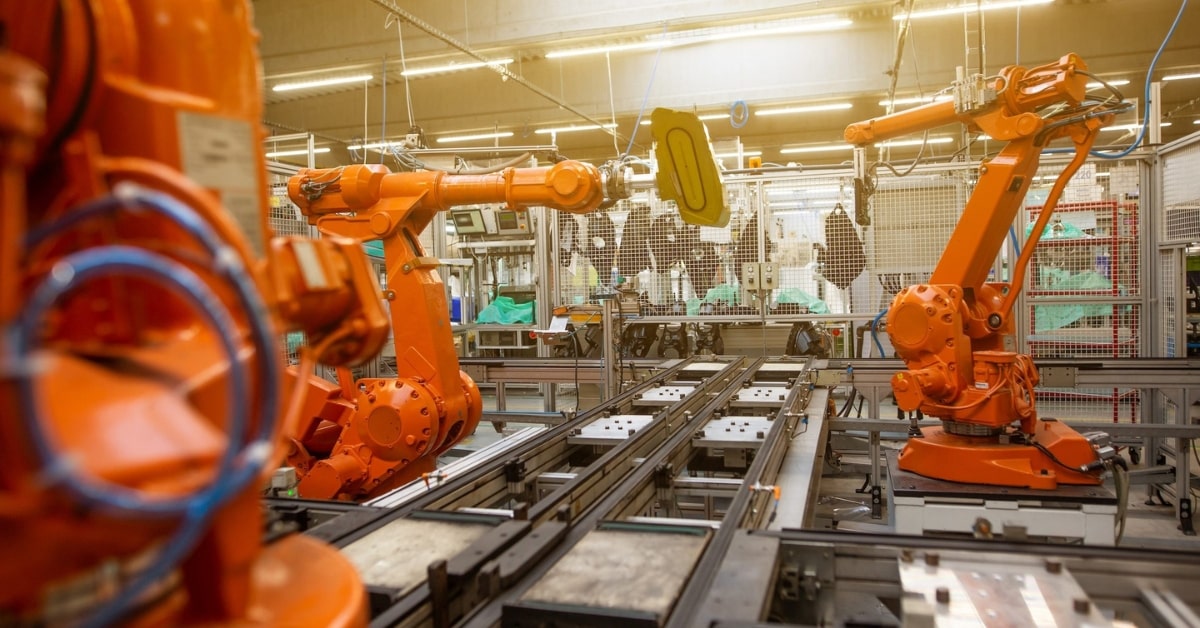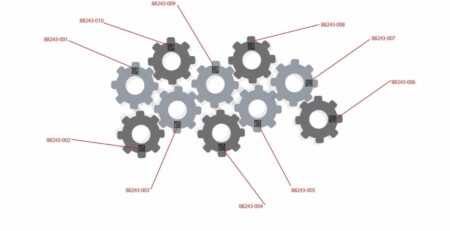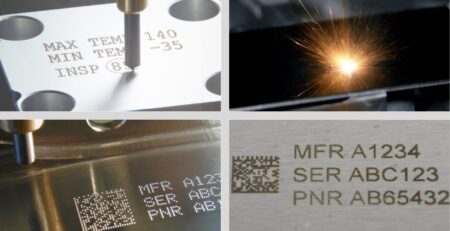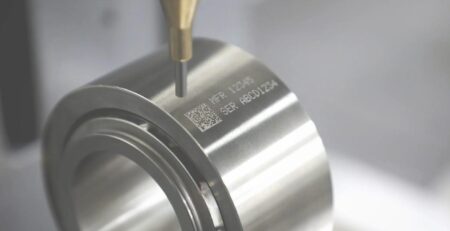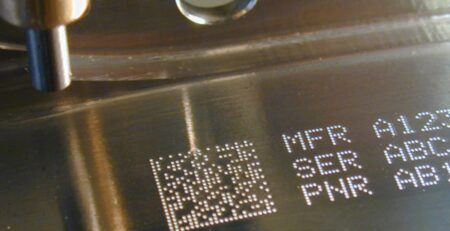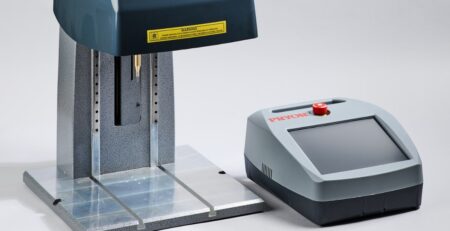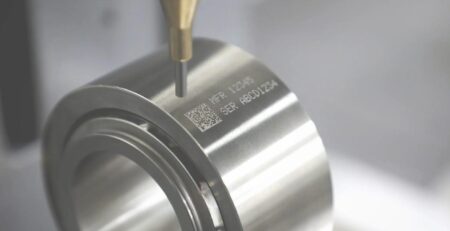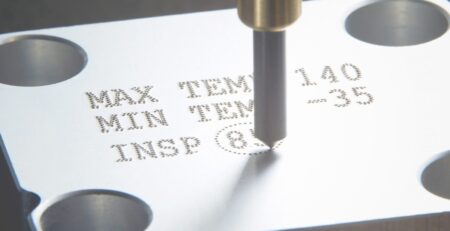Industry 4.0
The term “Industry 4.0”, commonly referred to as the “fourth industrial revolution”, describes the incorporation of cutting-edge technology into conventional industrial processes, including robotics, artificial intelligence, machine learning, Big Data and the Internet of Things (IoT). This integration attempts to improve manufacturing and other industries’ productivity, efficiency, and innovation.
Industry 4.0’s rise has prepared the way for “smart factories”, which are facilities where production procedures are automated and optimised for speed, accuracy, and cost-savings. In order to improve decision-making and planning, smart factories use connected equipment, sensors, and gadgets that communicate and exchange data in real-time.
Real-time data collection and analysis is one of Industry 4.0’s main benefits, allowing businesses to make better decisions and react faster to market developments. As a result, manufacturing is now more adaptable and agile, enabling businesses to respond to shifting consumer expectations and gain an advantage over rivals.
Pryor Marking Technology is a business with headquarters in Sheffield, United Kingdom, that specialises in the design and production of systems for marking, identification, and traceability. The business, which has been in operation for 174 years, has made a name for itself in the sector as a leader with a reputation for excellence, quality, and innovation.
In simple terms, Pryor’s equipment allows manufacturers to put ‘marks’ on the components that they manufacture, these marks can be brand names, logos, batch numbers, serial numbers, or even specific data related to the part. However, when you consider this in the context of Industry 4.0, putting a mark on a component can be the first step in allowing it to be traced through the production process and its entire life cycle, collecting real-time data that can be easily fed into a wider ‘Smart Factory’ set up.
The data marked onto a part can be in the form of human readable text, machine readable 2D codes (QR or datamatrix for example), or a combination of both. Whilst today’s vision systems are capable of reading human readable text, 2D codes are quick and easy to read, and allow a production process to be set up in a way to track a part through every step of a manufacturing process. The data collected from the process can then easily be linked back to a data capture system and provide valuable data about the performance of the entire process. The points below highlight some of the issues that can be improved by implementing such a process:
- Equipment bottlenecks
- Equipment performance
- The precise ‘location’ of a particular part/job
- Efficiencies of outsourced/contracted jobs
- Contamination issues
- Differences in operator performance
- Preventative maintenance data
- Overall process performance
Pryor have been advocating these principles for many years and have lots of experience across a wide range of industries of the positive impact that part marking can have on an entire production process, particularly when looked out from the point of view of Industry 4.0. The starting point is adding a unique identifier (usually in the form of a 2D code) to your component as early as possible and then implement a series of ‘gates’ in the process where all components must be checked with a simple reader or vision system.
For many SME’s, the thought of implementing an Industry 4.0 / Smart Factory process can seem out of reach and companies struggle to figure out where to start, but taking the approach outlined above could be implemented for as little as £5k-£10. This would provide valuable data that can be used to continuously monitor and enhance the efficiency, waste reduction, and quality control of production operations, whilst providing a starting point for their Industry 4.0 journey.
Overall, Industry 4.0 signifies a substantial change in how manufacturing and other industries work, with the incorporation of cutting-edge technologies to increase production, efficiency, and creativity. However, the first step can actually be quite simple and helps guide companies to figure out what their next steps should be. Using part marking and unique identifiers allows a manufacturing company to look at their production process from the viewpoint of the part, generating data along the way that can then be used to improve the entire process, as well as giving the company 100% traceability of their parts and the advantages that this brings. If you are interested in finding out more about how Pryor can help you with your Industry 4.0 journey, please get in touch.
You may also be interested in:
